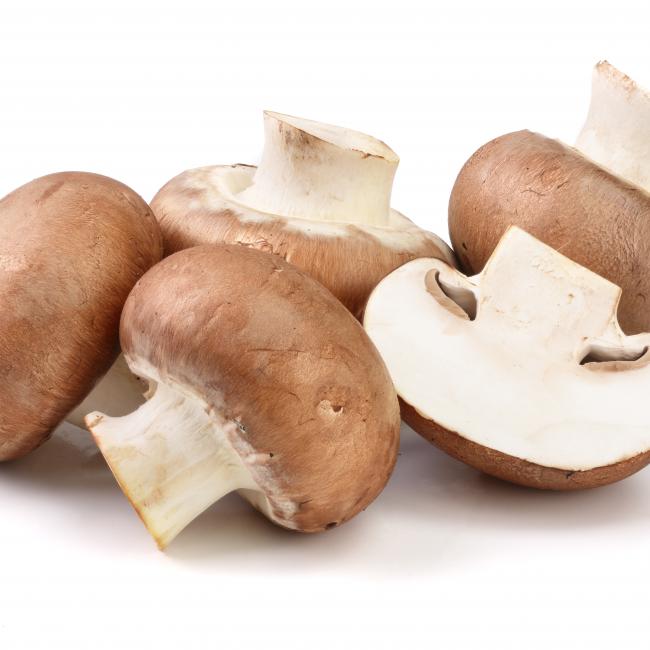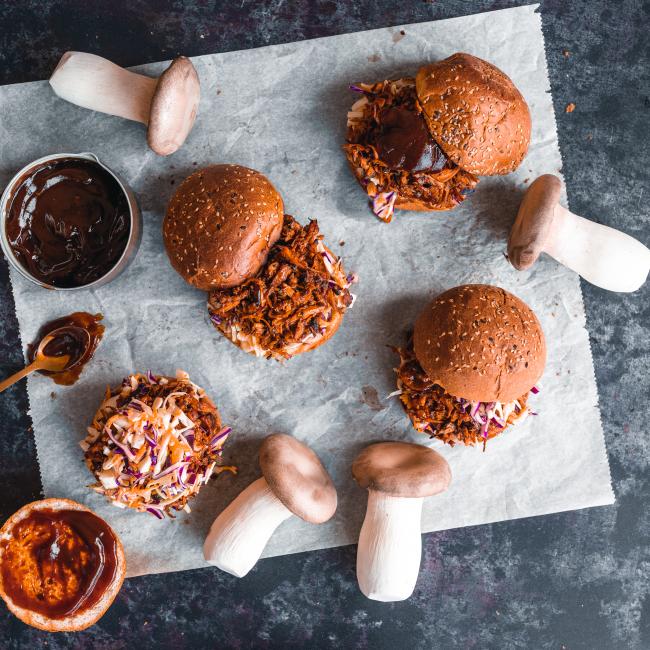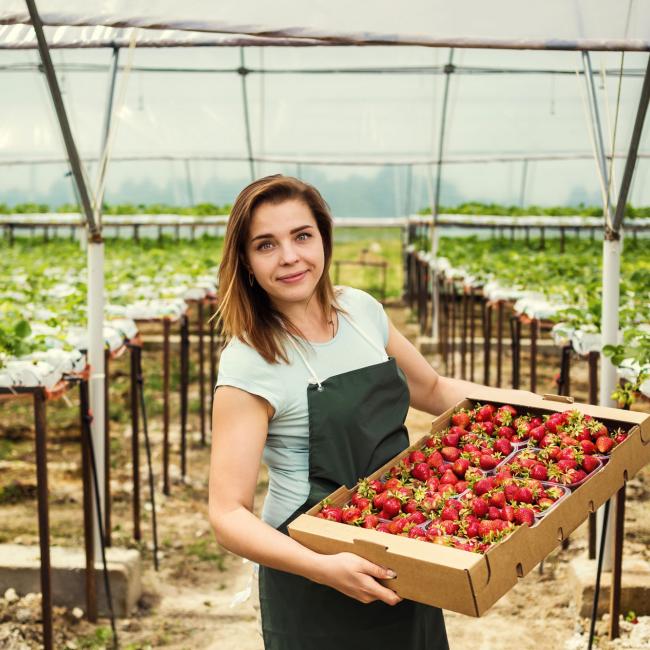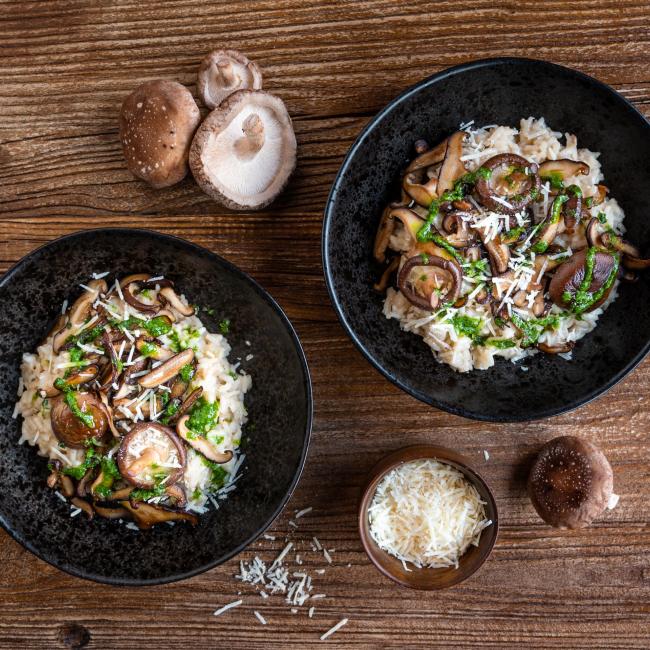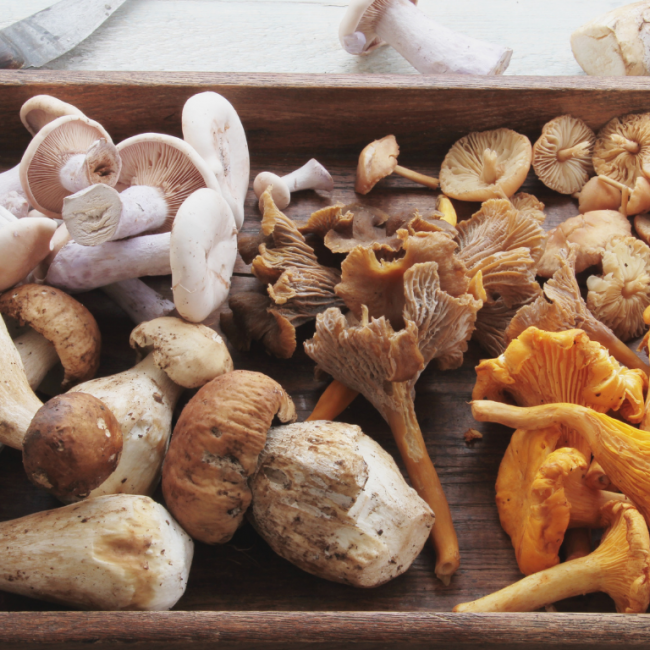



Blog
Trends and developments for fruit and vegetables retail in 2022
The fruits and vegetables sector in the Netherlands is a sizeable industry with a substantial production (Dutch cultivation) and a large share of import and export flows. Within the sector, all kinds of different packaging is used for different purposes. In addition to the presentation, the packaging ensures that the products have a longer shelf life, retain their flavour and are easy to transport. In addition, the sector is looking for ways to package products as sustainably as possible. In this world of sustainable packaging, there are always several interesting trends and developments.

Social developments
In the sector plan for sustainable packaging of GroentenFruit Huis, we see a number of relevant social developments in recent years:
- Ageing
- Increase in the number of single persons
- Increasing attention to food waste and litter.
On the one hand, these developments lead to an increase in the amount of convenience and (portion) packaging. On the other hand, they create increasing pressure to reduce the amount of (plastic) packaging.
Consumer trends
In the same sector plan of GroentenFruit Huis, we see some other relevant developments among consumers:
- Increased e-commerce: home delivery of food and pick-up points such as HelloFresh.
- Fruit and vegetables as part of meal packages in the convenience segment
- More fresh produce and convenience - the search for easily consumable fruit and vegetables, including through the increase in the snack segment.
- More on-the-go consumption and shift from consumption at home to consumption out of home
The above consumer developments put pressure on the packaging issue. Designated sales channels often require specific packaging solutions, which often results in additional packaging or more packaging units.
Social resistance to the use of plastic
There is, therefore, increasing pressure from consumers to reduce the amount of plastic packaging. Today's consumers are critical of the use of plastic in packaging; there is a kind of 'anti-plastic sentiment'. However, this social resistance is sometimes counterproductive when it comes to making the sector more sustainable. Plastic packaging can counteract some of the impact of food waste because food can be better transported and stored. If the aim is to reduce environmental impact, then for some products in this sector, it is better to use plastic in the packaging. But the anti-plastic sentiment is alive and growing.
Plastic, therefore, mainly has an image problem, and consumers would like to get rid of it. Even if the consumer does not see plastic as sustainable, that also depends on how you look at it. Glass, for example, can be recycled infinitely. However, because glass is so heavy, its production and transport costs much more energy than plastic, which is lighter.
We also see developments among consumers in cooking less at home, eating more on the go and ordering more online. Three developments that in turn require light packaging, such as plastic. Each packaging material has its consequences, but consumers do not always realise this.
Cardboard and it's value in the circular economy
Recent research by the TU in Graz, Austria, shows the importance of cardboard packaging materials for a circular economy. Fibre-based packaging, such as cardboard, can be recycled more than 25 times, according to this study.
In the study, conducted in 2021, cardboard was repeatedly recycled to test its effect on mechanical properties. No negative effects were found on properties of the board, such as its natural solidity and crush resistance.
It was previously thought that fibre-based packaging materials can only be recycled four to seven times before they lose their characteristics. The study also shows that paper and cardboard are much more sustainable than previously assumed. The study thus proves the important role of cardboard for a circular economy. Besides being recyclable, cardboard is also biodegradable.
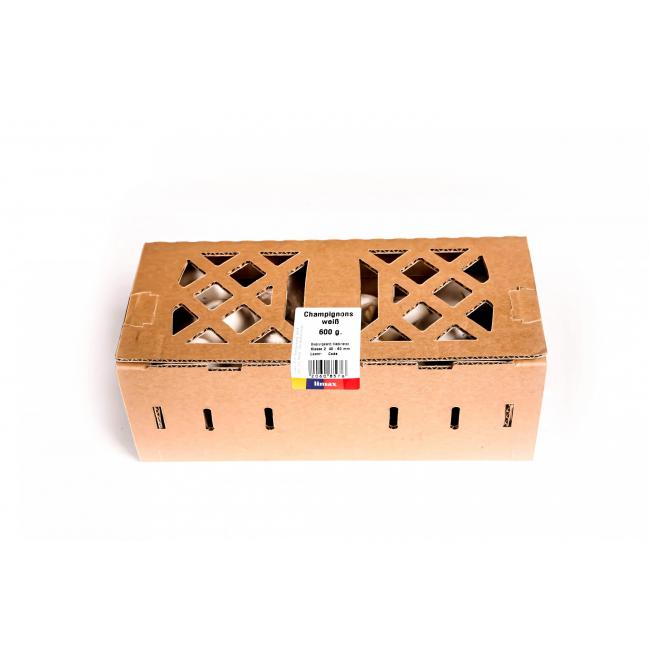
Ban on plastic packaging in France
As of 1 January 2022, with a few exceptions, AGF products may no longer be sold in plastic packaging in France. Exceptions are the delicate products, for which there is currently no good alternative than plastic packaging to keep them fresh and undamaged during transport and distribution. France goes further than the European rules in this respect. The Netherlands has set a target of only using 10% less packaging materials by 2022. The new legislation came without any consultation and, therefore, as a surprise for the French AGF producers. The sector now claims it is not prepared for 100% plastic-free production of AGF and is therefore running into problems. The fresh produce sector is only responsible for 1.5% of the plastic packaging in all of France. The new legislation is therefore seen as unreasonable by producers.
In France, fruit and vegetable products in packages of less than 1.5 kg are covered by this regulation. These are mainly the budget products on supermarket shelves. Because cardboard packaging is on average twice as expensive as plastic packaging, the use of plastic is considered necessary for these budget products. The selling price will therefore have to increase or the retailer will receive less margin. There is also a problem with the packaging of 'wet products' (products that need a moist atmosphere to keep them from drying out) that cannot be stored properly in certain biobased packaging. The cardboard packaging that is now mandatory also makes it more difficult for consumers to keep the products visible on the shelves. This is predicted to reduce sales.
The Netherlands circularly in 2050; two initiatives
With a view to the future, the Dutch government is working towards a circular and bio-based economy under the programme 'Netherlands Circular in 2050'. The goal is that from then on, no fossil raw materials will be used in our country. Therefore, producers are looking for new possibilities. There are several new initiatives for the packaging of the future that are being investigated.
Tomato fibres
One such possibility is the use of tomato fibres to make paper and cardboard. The tomato stalks that are left over after harvesting tomatoes can be processed into tomato fibres that can be used to make paper and cardboard. Tomatoes can be packed in boxes. The same is possible with the stems of aubergines and (pointed) peppers'.
Compostable bio-plastics
Another new possibility is making compostable bioplastic from elephant grass. This reed-like plant, which is found next to Amsterdam Airport Schiphol to muffle the noise there, is now also being processed into bioplastic. The remnants of mowing the elephant grass can be processed into compostable bioplastic.
Whether society's negative sentiment towards plastic is more sustainable for the world or not, the fact remains that the world of packaging is changing. As a retailer, it is always important to keep abreast of the latest trends and developments and to see where the opportunities lie. Therefore, download our white paper now with all the trends and developments within the fresh produce sector in 2022.
Mycelium packaging
Mycelium is the root network of mushrooms. The mycelium acts as a natural glue that is able to bind biomass together. In this way, nature is used to make sustainable materials for packaging, but also for insulation panels and interior design products. Mycelium products are biodegradable and have a negative CO2 footprint.
Would you like to know more about the trends and developments in the fruit and vegetable retail sector? Then check out our whitepaper.


